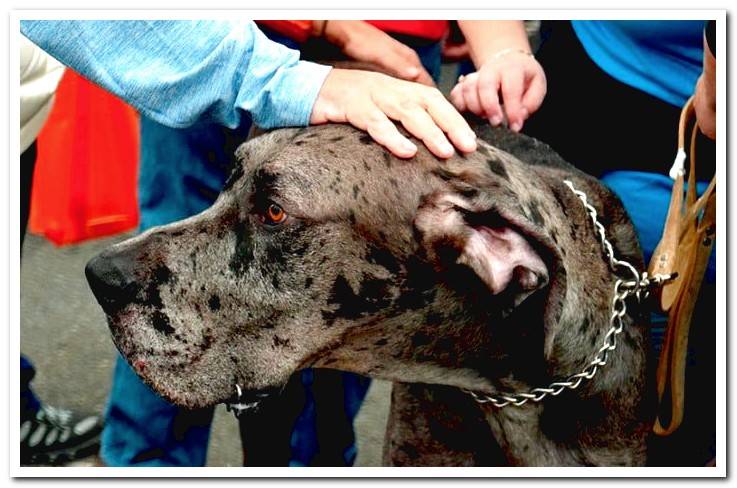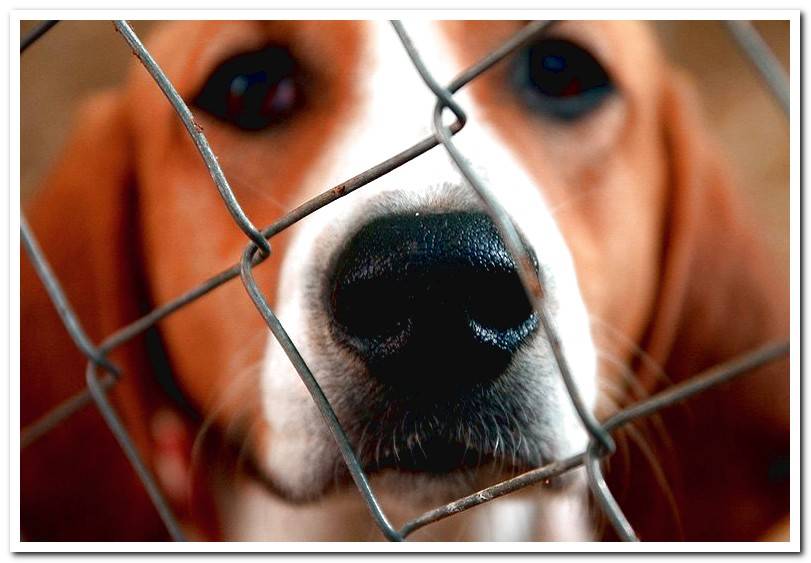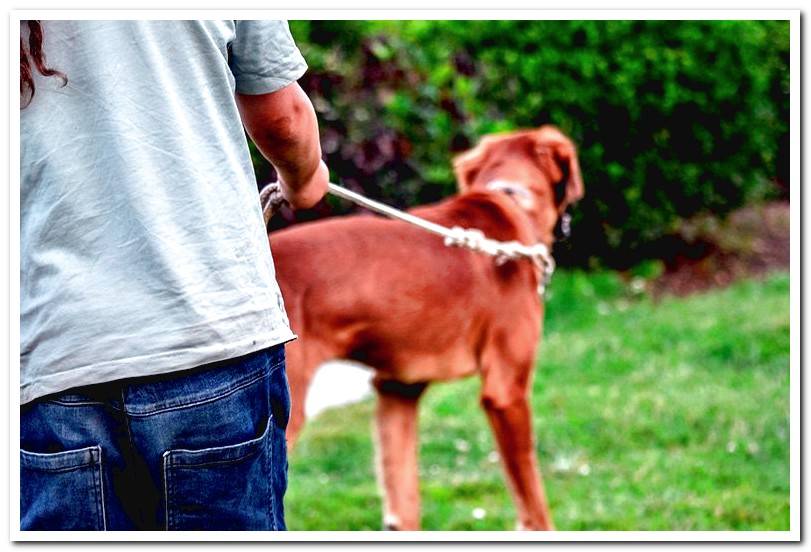
If we find an abandoned dog, we may have to turn to an organization to take care of it. But it is not the same to leave a dog in a kennel than in a shelter.
Let’s see the most important differences between these entities. Knowing all the information, we will know where it is most advisable to leave an abandoned dog so that it has a new opportunity to be adopted.
Index of contents
- 1 Public Kennels and Private Protectors
- 2 Kennel vs. Protective Same care for dogs?
- 3 The foster homes
- 4 Where to adopt a dog?
Public Kennels and Private Protectors
Usually, kennels are usually owned by municipalities, councils or communities. This means that, basically, they are supported by public funds. For this reason they are forced to collect all the dogs that appear in their area of influence. Although it is public, sometimes its award goes out to tender.
This explains why some are run by protective associations. The usual thing is that they have several workers and a veterinaryn and that they work in the morning. Protectors, on the other hand, are private. They are non-governmental organizations made up of individuals who voluntarily collect and care for abandoned dogs.
The positions they normally carry are not remunerated and are filled in their spare time. They can pick up dogs from any area, but they have no legal obligation to do so. Some receive grants but their main source of income is partners and activities such as street markets. They work 24 hours a day, 365 days a year.

Kennel vs. Protective Same care for dogs?
In kennels veterinary assistance is minimal. Although it is common for them to have a veterinaryn on staff, many times it only takes a few hours. And it is always insufficient for such a large number of dogs as 400 or 600, since, remember, they are forced to collect beyond their capacity.
So, sick, injured dogs, the most puppies, infants or the elderly have a high chance of dying. Or to be sacrificed. Instead, the protectors take care of dogs in any situation. They bottle-feed the youngest puppies, operate on fractures, visit specialists, work with ethologists, follow long-term treatments, etc.
None of this happens in typical kennels and involves a great economic and logistical cost. Also, dogs in kennels are released to anyone who pays the stipulated amount for adoption. The protectors follow a protocol and request specific requirements before delivering a dog. Protectors do not sacrifice.

The foster homes
Kennels are larger or smaller enclosures that are divided by patios and cheniles. The floors are cement and the food can consist of bones for everyone. Dogs do not go for a walk or do so occasionally. It is easy for the capacity of the facilities to overflow. Overcrowding produces conflicts that end in fights and deaths.
It is a very favorable environment for the transmission of infectious and parasitic diseases. Protectors may also have this type of facility but some have another form of accommodation. These are temporary shelters. They are the homes of individuals who take care of the dogs while they cannot find a definitive home.
The protector usually bears the expenses and is in charge of the veterinary follow-up, dissemination and adoption procedures. In this way they collect dogs that need care impossible to provide in a shelter. They are infants, newly operated, sick or those who need psychological help. This allows to know the dog well and to advise future adopters.
Where to adopt a dog?
Compared the living conditions of dogs housed in kennels compared to those collected in shelters, if our desire is to really help, we will choose the first option. Dogs that have met the legal maintenance period, puppies, sick or very old run the risk of dying or being killed if they are in a kennel.
But, sometimes, due to our particular living conditions, we need to have information about the dog to introduce it into the home with sufficient guarantees. In that case we will opt to adopt a protector. And we can always collaborate with them by spreading, associating or sponsoring one of their dogs.
